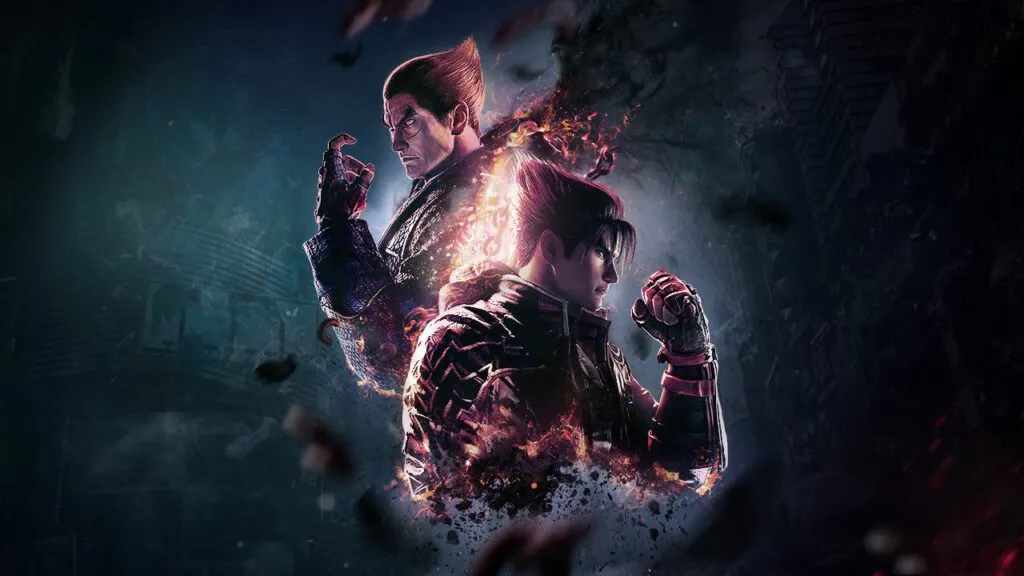The Palworld phenomenon takes center stage as we delve into the latest happenings in the gaming world with an extended discussion. Meanwhile, much contemplation is given to the recently unveiled Horizon Forbidden West PC features trailer dropped by Sony last week.
However, amidst these intriguing topics, our focus shifts to a crucial aspect that often remains in the background – input lag. The catalyst for this exploration stems from John’s coverage of Tekken 8, where it was revealed that Namco had achieved a significant milestone in delivering the most responsive Tekken game in the modern era.
In essence, input lag refers to the time elapsed between a player’s input on their chosen device and the corresponding action unfolding on the screen. The longer this delay, the more pronounced and less enjoyable the gaming experience becomes. Despite its critical role, we often overlook input lag, a mistake that becomes increasingly relevant as we enter the next phase of graphics technology.
The methodology for measuring input lag has seen minimal evolution since 2009, when Mick West, formerly of Neversoft and now a UFO debunker, introduced a basic approach.

This involved employing a 60fps camera directed at both the joystick and screen, moving frame by frame to pinpoint the exact frame where input is registered and counting frames until the result manifests on-screen.
Subsequent refinements emerged with the advent of the controller monitor board, which linked button presses to LEDs on a board positioned adjacent to the screen. This improvement, coupled with high-speed cameras, allowed for more accurate measurements and reduced ambiguity in results.
Advancements continued in 2017 with Nigel Woodall’s innovative work, introducing a method that converted HDMI to component video.
By disabling two of the three components upon a button press, a small on-screen border indicated the duration of the input, eliminating the need for high-speed cameras and replacing them with video capture for more precise input lag measurements. Despite strides in automation, frame counting remains an essential component.
As we reach the 147th edition of Digital Foundry Direct Weekly, the significance of input lag becomes increasingly apparent, particularly in competitive titles. This element also holds implications for PC graphics card reviews, as industry giants Nvidia and AMD strive to minimize input lag through technologies like Reflex and AntiLag.
While traditional wisdom suggests that higher frame rates correlate with lower input lag, the landscape is changing, and more powerful graphics cards might not necessarily translate to more responsive gameplay.
As we transition into an era where frame generation becomes pivotal for improving frame rates, considerations such as input lag gain heightened importance. The trade-off between game fluidity and response becomes more pronounced, emphasizing the necessity of monitoring and critiquing game performance, including input lag measurements.
Nvidia’s introduction of ‘PC latency’ offers a refined approach to address this issue, especially given the limitations of previous methodologies. However, the path to obtaining accurate input lag metrics on consoles remains challenging.
Frame-counting, while onerous, may continue to be a part of the process, as discussed in the Direct Weekly. The nature of the controller itself introduces complexities that desensitize general gameplay, widening the window of what is considered an ‘acceptable’ response.
Reflecting on Tom Morgan’s work from 2017, we observe a discernible difference in response times between games operating at 30fps and those at 60fps. Surprisingly, there can be substantial variances in response times among games at the same frame rate, emphasizing the subjective nature of player perception.
This leads to the theory that the design of the joystick may influence the perception of response time, and players tend to adapt quickly to consistent levels of response, even if objectively laggier.
In conclusion, the ongoing quest for improved methodology in measuring input lag underscores its pivotal role in the gaming experience, particularly as we navigate the evolving landscape of graphics technology.
As the gaming community eagerly explores titles like Tekken 8, the noticeable improvements in response times prompt further consideration of the broader implications for game design and the player experience. Meanwhile, the commitment to integrating latency analysis into general testing, especially for graphics cards, remains a priority in the gaming landscape of 2024.







